Where did the tableware and utensils come from our tables?
Where did the tableware and utensils come from our tables?
Whatever the French are, however, the way we eat today is nevertheless the most part of their invention. Even the edifices, like a separate room, also arose about the beginning of the 18th century in France, and the current table manners were created in King Louis XIV's manor, as well as a three-course meal scheme, developed there about the middle of the 19th century (then the French first realized that if salted the dishes stimulate appetite, the sweetness of it, on the contrary, inhibits it, and therefore the sweet desserts have been dropped to the end of the bouillon).
Unfortunately, however, there are no French cessations of the kitchen - the oldest of them were erected 11 thousand years ago in the Euphrates valley, present in Syria.
TABLE
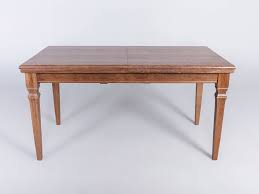
The prototype of the four-table table appeared in ancient Egypt, but there it was used not for food, but for things (the Egyptians put their food on special allegorical pedestals). The Chinese used their four-legged tables to use for drawing and writing. The ancient Greeks first began to use tables for eating, but after a meal, the table was under the bed, because there people ate on lying down, and the tables were lowlanders. The four-legged table for sitting and eating, as we use it today, was first created by the Romans. Round tables were an English invention, which began to be used in the Middle Ages and were designed to emphasize political agility - so that no one would sit indifferent to others.
WEDDING
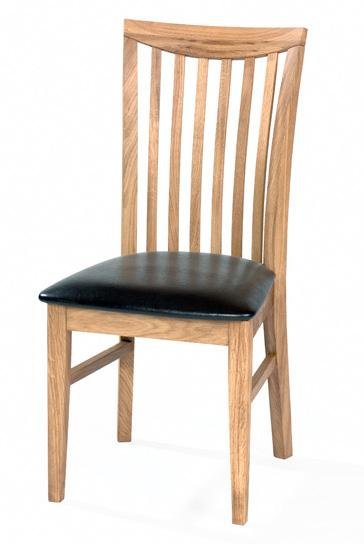
In developing their own means of sitting and backing back, the ancient people began to differ essentially from animals - this has already happened in the Stone Age. The oldest found chair with a back was made in China about 10 thousand years BC, but it was stinging. The four-chairs that the Egyptians now make at your desk, and it seems that it was so much fun that Pharaoh Tutanchamon even took her to his grave.
STALTIES
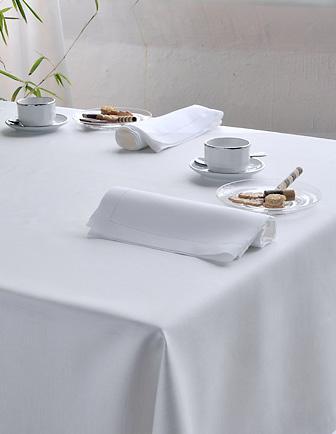
The purpose of the tablecloths in ancient Rome was not to protect the table surface from food residues, but to demonstrate the wealth of the owner with expensive material and embroidery. In the times of Christianity, there was also the tradition of creating unequal tablecloths with obvious rectangular wrinkles - a form of wrinkles resembling a cross, which was an indispensable tool for eating defenses from Satan's zest.
SILK AND SPIRITUAL
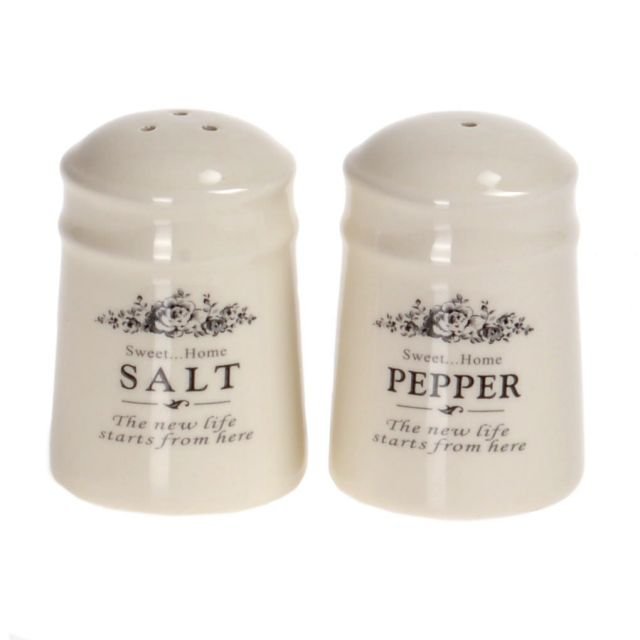
In the antique table, this was the main attribute of the table, always placed in the very first. Salt and pepper - the oldest food condiments known to human beings - we used salt from the twentieth century until the present, and pepper has become the oldest and most widely used spice, and has also played the role of trading currency in its time. Salt and pepper used to meet for the first time on a table in France in the 16th century at King Louis XIV Manor. For the king, in due time, said that pepper has a precedence over all other spices because of its grandeur, because in his opinion all other spices were "vulgar" and "masked the taste of a dish". So the pepper has become the only spice that has the privilege of being next to the salt that is added at all times.
SERVICE
The first napkin was made from pastry in ancient Sparta. The tattoo was created by the Romans as a means of protecting their clothes, because it was then eating lunch in Rome - so the napkins they used were a square meter wide. The napkin of the current dimensions, as well as the fashion, was elegantly lined with a tabletop in Louis XIV's manor (by the way, the tradition of wrapping tools wrapped in a napkin was also created in France as a means of protecting a knife, a spoon and a fork against an anthem). Paper napkins appeared in America around the 1930s, at the same time as toilet paper.
DUOON BASKET
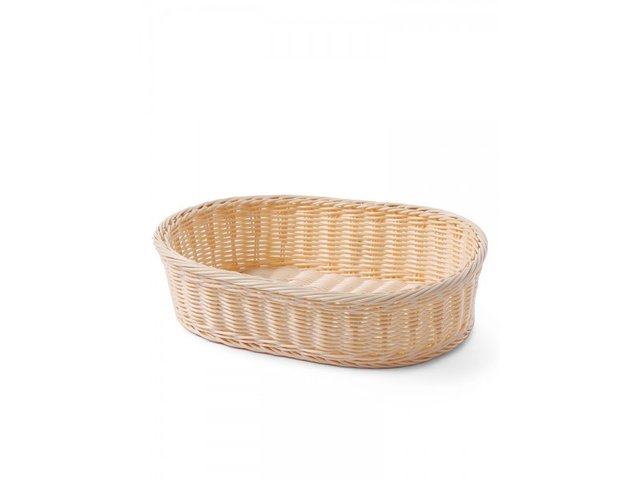
The French aristocrats in the 18th century have long been turning their heads to emphasize their status until they have come up with fashion to put bread in baskets made of gold
PICTURE
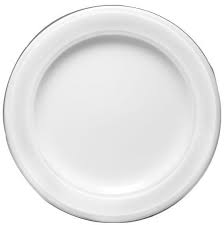.jpeg)
Until the 15th century, European nobles ate from metal or wooden bowls, and poorly from dishes made from bread pulp (which they also ate after eating). The oldest known round plate made from tin appeared in Italy in 1525, and ceramics began to be produced in France only at the end of the 17th century.
 location cutlery and dishes appeared on our tables? 2011.09.29 09:00  plates (fotodiena.lt/a. Bagdono Photo.) In order and whatever the French, but the way we eat today, However, is a maximum of their invention. Even edible as a separate room, as well as appeared on the eighteenth century home in France, and the current table manners was created in the King Louis XIV Manor, as in the three-course meal scheme, created there is also on the nineteenth century the middle of (then French first realized that if salted dishes encourages appetite, it's sweet it, vice versa, inhibition, therefore, and postponed sweet desserts feast at the end). Advertising only, kitchen, Unfortunately, there is no French daguerreotypes - oldest were equipped already prior to 11 of thousands of years Euphrates Valley, the current Syrian territory. Table four-legged table prototype appeared in the ancient Egypt, but there it was used not valgiui, but items consist (Egyptians your food laid an on special vienakojų pjedestalų). Chinese your išrastus four-legged tables used paišymui and writing. Ancient Greeks getting started to use tables table, but after meals table place was after bed, because there people eat gulėdami, and tables were žemučiai. Four feet table for sitting and table, what we it in use today, the first, However, has created the Romans. Round tables - English invention, such was started with the middle ages and was to create a political taikingumui stress - that no one to his sitting nedominuotų other respect. Advertising chair susikurdami yourself tool to sit down and counter back to backrest, the ancients virtually began to differ from the animal - it was already Stone age. Oldest found chair with backrest was made in China 10 of thousands of years ago our era, it is true, it was bekojė. The keturkoję chair, what today flaunt to your table has created the Egyptians, and it, apparently, it was such a lot of fun that the Pharaoh tutanchamonas it even took to your grave. Tablecloth ancient Rome arising from the table cloths purpose was not to protect the table surface of the food residues, but show host the richness of expensive material and siuviniais. Christianity today there and the tradition of the construction of nelygintą tablecloths with manifest square bending wrinkles - such a wrinkle form recalls the cross, and it was necessary to measure eating defend themselves from Satan žabangų. Advertising Salt and pepper Shaker in ancient times covering the table it was the most important table attributes, always placed the same first. Salt and pepper - oldest humanity know the food condiments - we used Salt already on the twentieth century up to our era, and pepper has become the oldest and most widely used aftertaste, your time performed and trading currency role. Salt and pepper the first time met on the table in France sixteenth century King Louis XIV Manor. Mat, the King of your time stated that pepper for your grandeur has a priority before all other spices, because his opinion, all the other spices was "vulgar and masking dish taste". So pepper has become a single aftertaste, completion the privilege to be close to all times of added Salt. Advertising cloth the first cloth was made of the dough ancient Sparta. The fabric napkin created by the Romans, as a means to protect your clothes, since then in Rome were eaten while lying - therefore, and used wipes was square meter wide. The current dimensions cloth, as in the fashion it įmantriai Bend building on the table there Louis XIV Manor (by the way, the tradition of serviruojamus tools wrapping to napkin also created in France, as a means to protect the blade, spoon and Fork from užnuodijimo). Paper napkins appeared in America about 1930-year year at the same time as the toilet paper. Bread basket the eighteenth century all with the French aristocrats long whirled their heads as yet to emphasize its status as long as came up with fashion bread add to baskets, made of gold. Advertising plate to the fifteenth century Europe noblemen ate of metal or wooden the pelvis, and the poor - from the bread pulp made plates (which after meals in most cases as well as suvalgydavo). Oldest known round plate, made of tin appeared in 1525 year in Italy, and ceramic was launched in the manufacture of France only the seventeenth century at the end. Cup of the oldest known from bone išdrožtą a Cup of archaeologists is dug in China, and he is 12 of thousands of years. Pipkin found in Greece - him seven thousand years. It is true that Cup of Wall is a very already thick, so there is no clear whether and how people from his drank. However, it is clear how it did in China, where 600 years ago our era išradus porcelain, cups start gamintoi such a thick, how we use today. Glass and Cup glass originally produced in Mesopotamia about 3500 years ago our era, but long age it was expensive material as gold and silver, and wasting it užstalei did not make sense. Wine the world started in the manufacture of about 6000 years before our era, but then it drank directly from the mole ąsočių. 50's our era year Pliny vyresysis has called for men that glass vessel is the best tool wine susipilti to mouth. However, the European men still long age for many years Gere alcoholic fluids of the Horn, until about XI the age of glass nepradėtos the manufacture of England. The first glass Cup with leg in Europe made only fifteenth century. Coffee Cup of the first coffee shop has been opened in 1475 year konstantinopolyje. There was also sold and the first cups of coffee, Hollow out of the tree.
CUP OF COFFEE

The first coffee shop was opened in Constantinople in 1475. Also, the first cups of coffee, made of wood, were sold there.
Tea cup
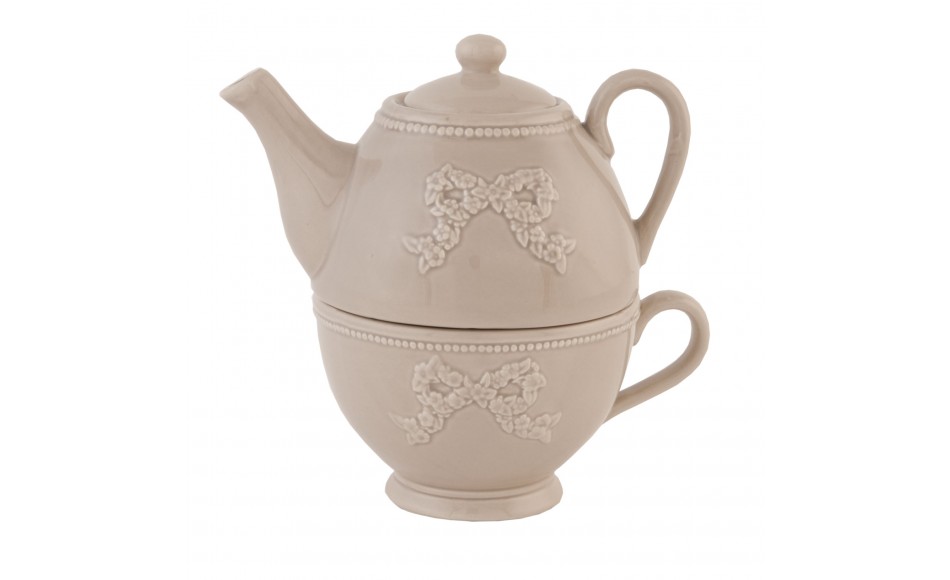
The Chinese used to drink tea from cups about 620 years before our era, but these cups had one drawback - they had no eyebrows. For Europeans, this did not seem convenient, and in 1710, the German Meissen Porcelain Company produced the first batch of tea cups with a jar.
TEASPOON
A couple of hundred years ago, the English people used tea from small Chinese porcelain cups, which did not make it possible to dip the then spoons; therefore, in the eighteenth century, Queen Ona, without seeing any other way of flavoring her tea with honey, ordered the production of special small spoons, which started the tea teaspoon dynasty . By the way, the same queen drank so much tea that, in order to satisfy her constant thirst, the first also ordered us to make us large teaspoons of the usual size.
Thenks for watch.
Like this post? Upvote, follow me @phoenix69